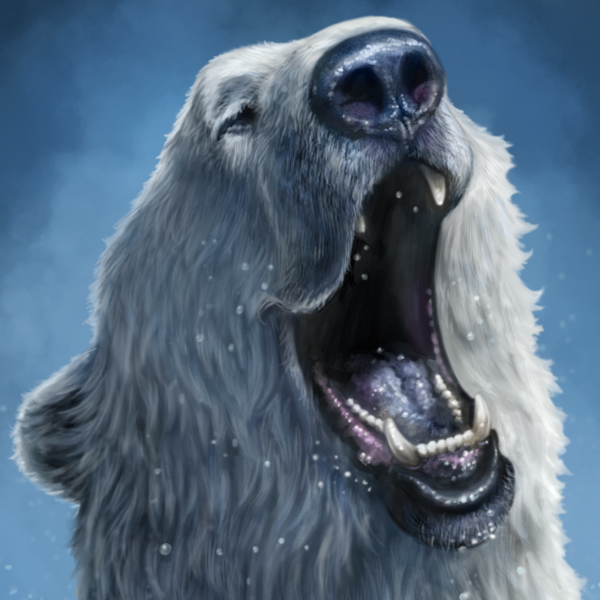
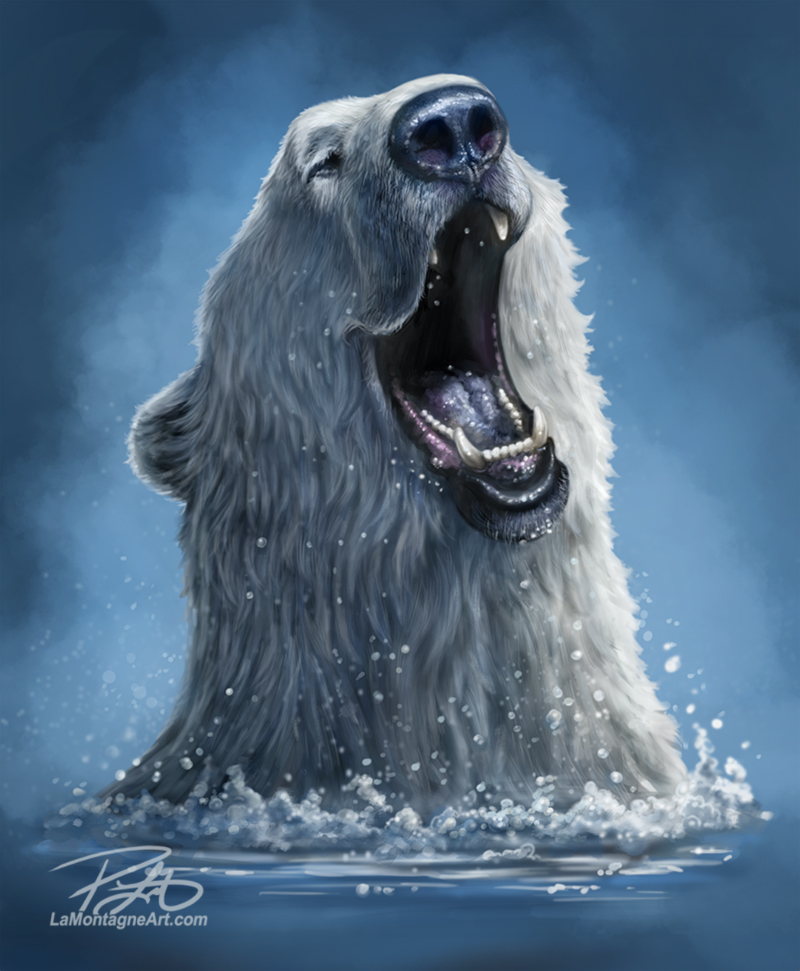
In June of last year, I painted my Big Bear on Blue polar bear painting, which is now a popular print. Pacific Music & Art used it as the cover of their 2025 calendar featuring my artwork. I like that painting and didn’t feel the need to create another polar bear image, at least not right away.
In July of last year, however, I shared the following sketch painting, the term I use for unfinished experiments. Because I had just painted a polar bear, I didn’t see the need to take it any further.
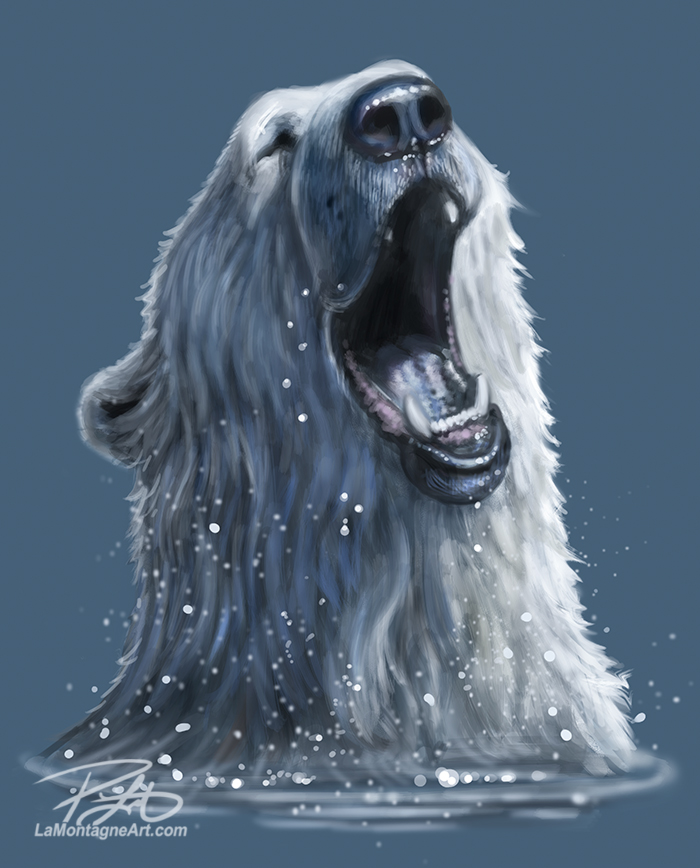 But it had received a positive response, and a few people sent me emails asking if I would finish it. So, over the last week, I put the time in to complete it, and I think Polar Plunge will be a nice addition to my print releases for spring.
But it had received a positive response, and a few people sent me emails asking if I would finish it. So, over the last week, I put the time in to complete it, and I think Polar Plunge will be a nice addition to my print releases for spring.
At the beginning of this year, I spent a few days looking through unfinished paintings. There are a couple I had forgotten about that I’d now like to dust off and complete, and I’d like to finish as many paintings in progress as I can before I start anything new.
I also created a 2025 list of folders with reference files, so I don’t have to wonder what’s coming next.
There’s always a short-lived high whenever I finish a painting. Years ago, it used to last for a week. Now, it lasts for about an hour, followed by a bit of a crash, for anywhere from a couple of days to a week. If I look through my reference files during that post-painting hangover, hoping to find the next idea, nothing inspires me.
This year, I decided to eliminate that problem. Art for a living is a job, and when one painting is finished, I need to start another, regardless of whether I feel like it. Thankfully, I now have 28 new folders containing reference images for paintings I can start right away. Some are paintings I need to finish, like the group of ring-tailed lemurs I’ve been working on. As I complete a painting, I’ll choose another folder and start the next one. And even if I’m not ‘feeling it,’ that will pass soon enough as I get into the new piece, because lost in the details of a painting is about as happy as I get.
I have never painted that many images in a year, but that’s not the goal. I simply now have 28 options and no excuses not to start a new piece.
When I’m not feeling especially creative, it helps to think of each painting as a commission. When clients pay me to paint their pets, I have a deadline or know that I’m wasting their time and money if I don’t work on their painting. Guilt is a strong motivator.
I’m trying to shift my perspective regarding my own paintings where I’m the client, and by not working, I’m wasting my own time and potential revenue.
I’m also working to create a new portfolio this year to attract new licensing clients. Even though many of my licenses aren’t exclusive, some companies are still reluctant to use an image on similar products if another company uses it, even if the market conflict is minimal. Anything can happen, and relying on only a few clients risks future income security. The loss of newspaper clients in recent years illustrates that point well.
While editorial cartooning is still a large part of my business, newspapers have experienced a steady decline for years, so it no longer provides a full-time income on its own. If I hadn’t had the whimsical wildlife side of my business, which is now the most significant portion of my income, I would have had to get a part-time job a few years ago.
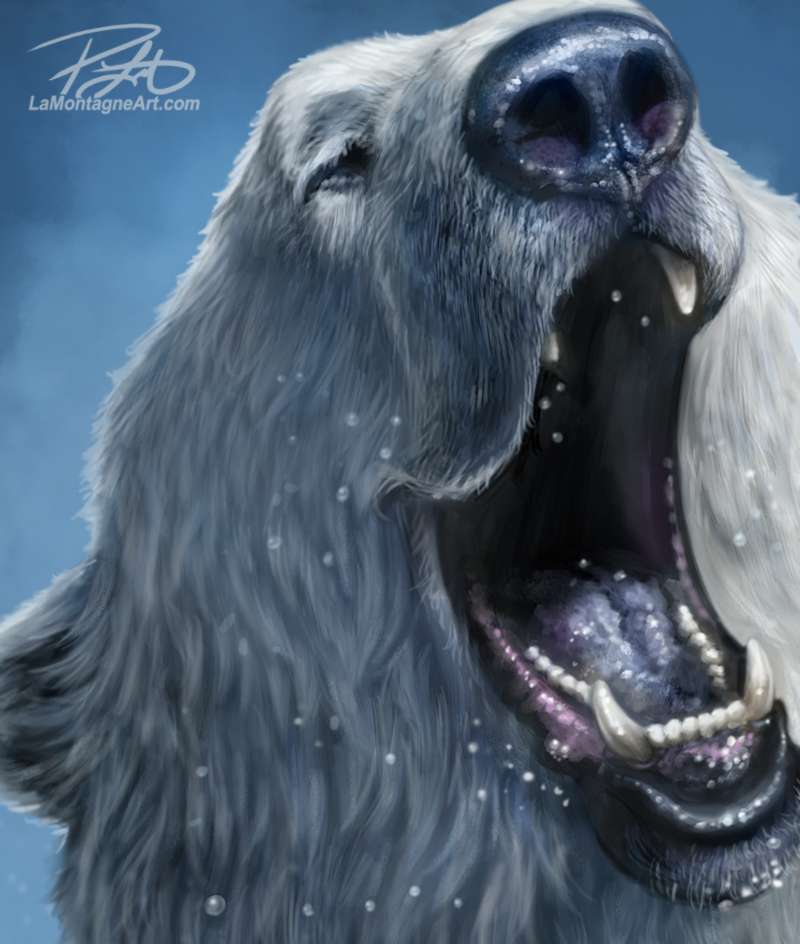 Last week, I delivered the year’s first print and sticker order to the Calgary Zoo. It was warm, with plenty of sunshine, and there weren’t many people. Even traffic was light, so I had an enjoyable day. When I got there, I chatted with the retail manager and the staff I know, then wandered through Canadian Wilds, my favourite part of the zoo.
Last week, I delivered the year’s first print and sticker order to the Calgary Zoo. It was warm, with plenty of sunshine, and there weren’t many people. Even traffic was light, so I had an enjoyable day. When I got there, I chatted with the retail manager and the staff I know, then wandered through Canadian Wilds, my favourite part of the zoo.
I texted my friend Kayla, one of the zookeepers, asking if she was working and where she was. She said she was in the North American porcupine enclosure, so I went there. Kayla was one of those who asked me if I was ever going to complete this new polar bear painting, so I was happy to tell her the finished painting was imminent.
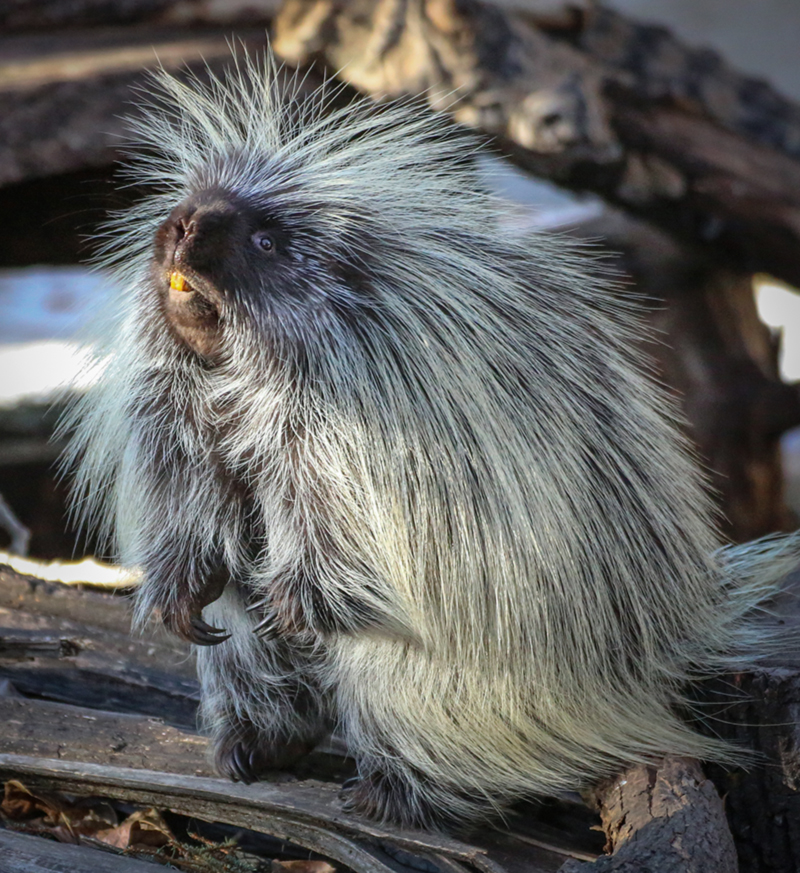 Porcupines are nocturnal, so they’re not active during the day, but like any animal, they’ll make an effort when food is involved. Because Kayla was inside the enclosure, feeding the cute and prickly resident, we had a nice chat while I got some decent reference shots. Add those to the ones I’ve taken at Discovery Wildlife Park, and there is now a Porcupine folder in my list of paintings I’d like to get to this year.
Porcupines are nocturnal, so they’re not active during the day, but like any animal, they’ll make an effort when food is involved. Because Kayla was inside the enclosure, feeding the cute and prickly resident, we had a nice chat while I got some decent reference shots. Add those to the ones I’ve taken at Discovery Wildlife Park, and there is now a Porcupine folder in my list of paintings I’d like to get to this year.
Though I took many more photos of different animals that day, most weren’t worth keeping. Bright sunny days and photography don’t usually mix. No matter how you compensate with camera settings, the lights end up too bright, the shadows too dark, and you can only fix so much in Photoshop. The sun is also low in the sky this time of year, which doesn’t help.
Normally, I’d be disappointed, but there have been plenty of days I’ve come home with dozens of shots worth keeping, and it often takes me years to get to them. And as I’ve explained, I have no shortage of paintings to get to this year. Hey, I delivered an order to one of my best customers, got out of the office, and had a nice day outside in the middle of winter. I have no complaints.
While I’ve recorded the occasional high-speed video for YouTube, it’s been quite a while, and I want to get back to using that platform to help promote my work. I’ve been spending a lot of time lately learning to use new recording software and hardware. Something many artists don’t realize when they want to turn their hobby into their work is that the business and promotion side of self-employment requires constant adaptation and continuing education. While it takes time away from creating art, it’s necessary for career longevity. Just because something worked well ten years ago, doesn’t mean it will today.
While I’m learning the ropes of these new tools and preparing to create more videos, I’ve got a few more paintings in progress to complete, and as I do, I look forward to sharing them with you.



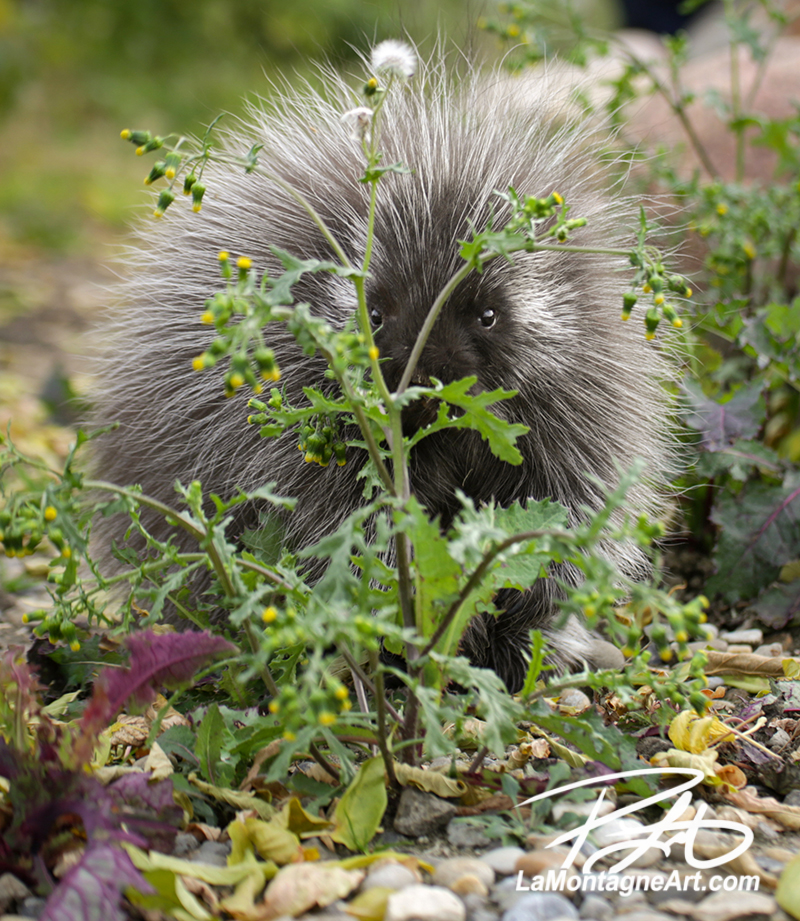 A couple of weeks ago, we drove up to Red Deer for the weekend to visit our folks and spend a windy fall Saturday at
A couple of weeks ago, we drove up to Red Deer for the weekend to visit our folks and spend a windy fall Saturday at 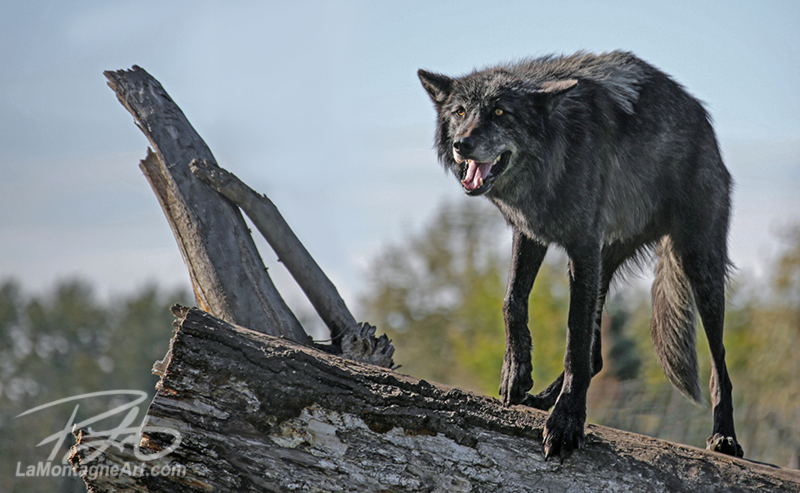 Taking photos of Berkley, Bos and Piper during the educational bear presentations never gets old. I got some nice shots of the timber wolves and lions, photos that already have me planning new paintings.
Taking photos of Berkley, Bos and Piper during the educational bear presentations never gets old. I got some nice shots of the timber wolves and lions, photos that already have me planning new paintings.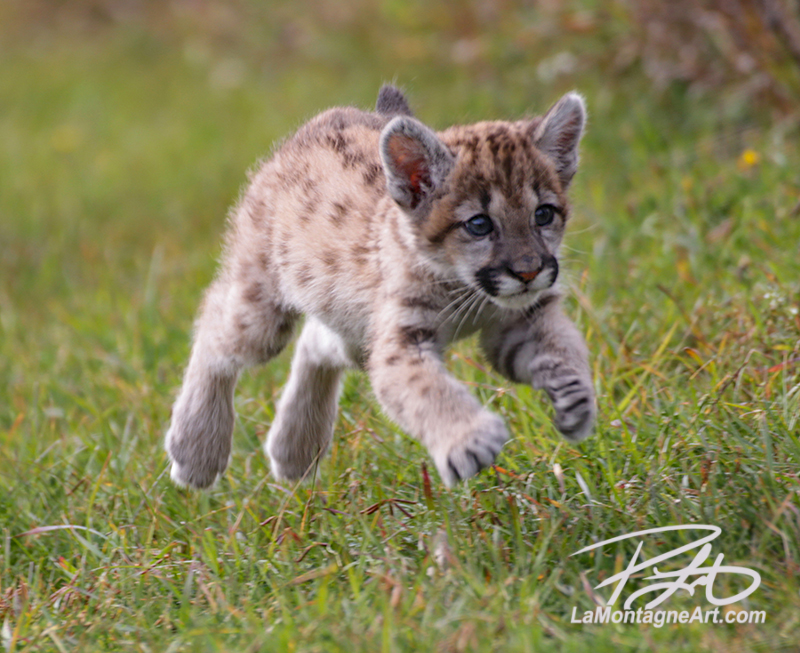 While Alberta Fish and Wildlife rules prohibit the public having physical contact with the cub, I took plenty of photos of him as he ran and played in the grass. As I lay on the ground, he kept running straight at my camera lens until Serena would grab him and move him back. Then he’d do it again. It was a real gift, a lot of fun, and there will be a painting coming.
While Alberta Fish and Wildlife rules prohibit the public having physical contact with the cub, I took plenty of photos of him as he ran and played in the grass. As I lay on the ground, he kept running straight at my camera lens until Serena would grab him and move him back. Then he’d do it again. It was a real gift, a lot of fun, and there will be a painting coming.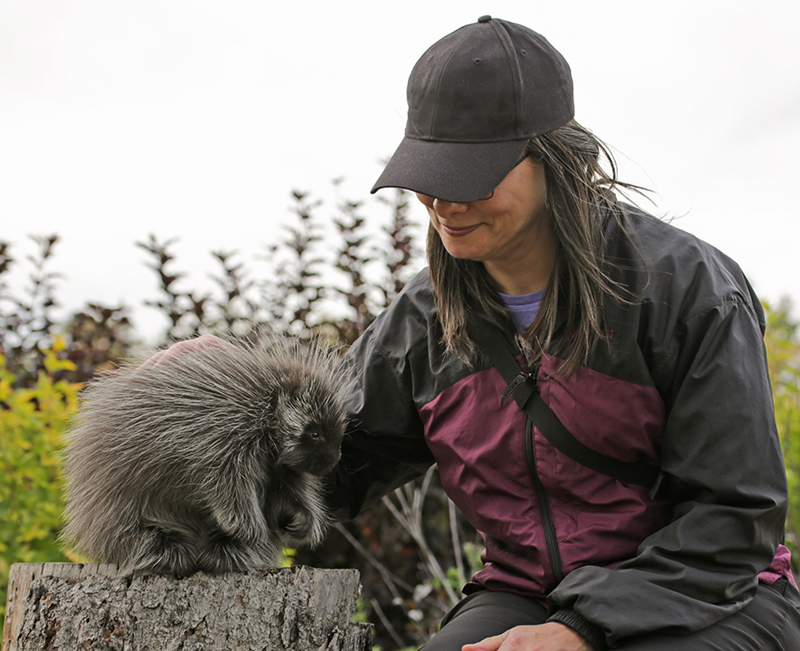 Though we couldn’t touch Koorah, there were no prohibitions about contact with Velcro, and Shonna was smitten with the little guy. He seemed to enjoy her attention, and aside from a couple of little unintentional quill pokes here and there, we came away without injury.
Though we couldn’t touch Koorah, there were no prohibitions about contact with Velcro, and Shonna was smitten with the little guy. He seemed to enjoy her attention, and aside from a couple of little unintentional quill pokes here and there, we came away without injury.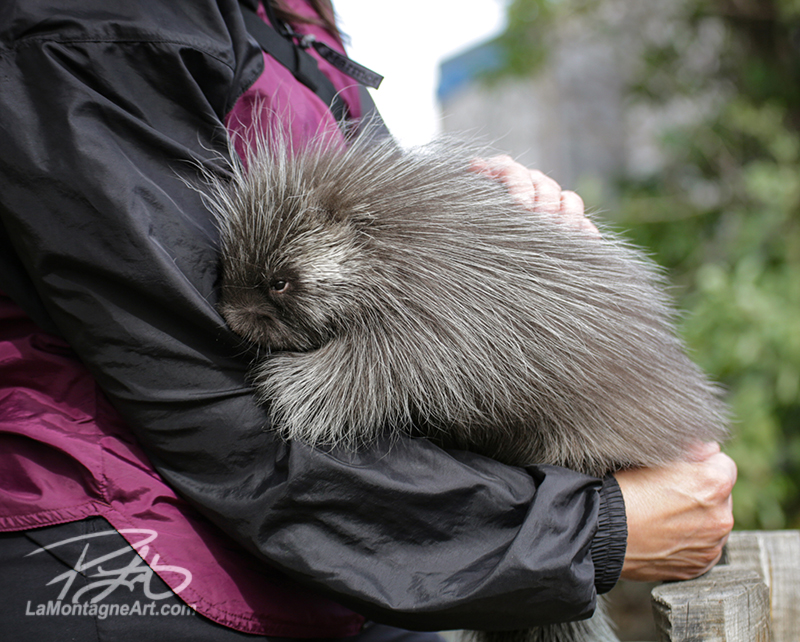 It was a wonderful experience, thanks to Serena, Mary and Belinda, who always treat us like family.
It was a wonderful experience, thanks to Serena, Mary and Belinda, who always treat us like family.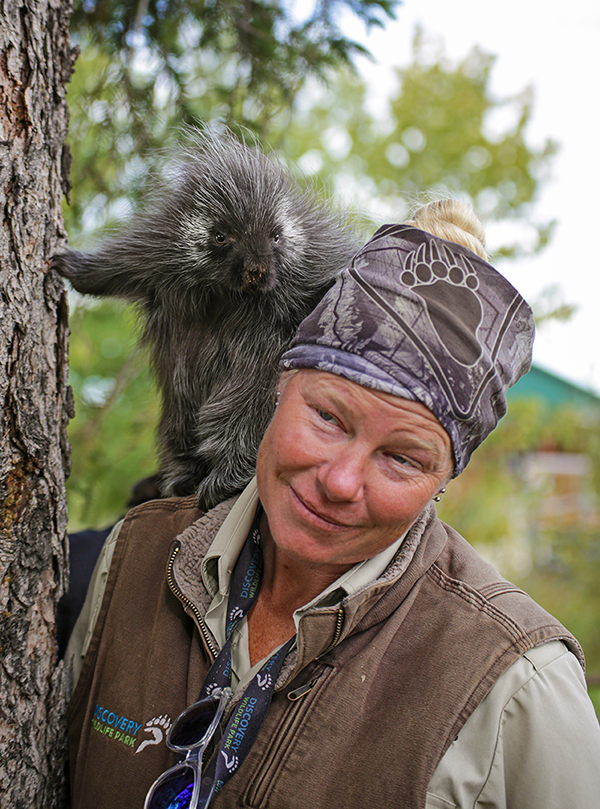 I took over 3,500 photos, which could be my record for a single day. A professional photographer might criticize my spray-and-pray method, and some have. It means I point the camera, hold down the shutter so it sounds like a machine gun, and gamble that one of the action shots might give me something from which I can paint.
I took over 3,500 photos, which could be my record for a single day. A professional photographer might criticize my spray-and-pray method, and some have. It means I point the camera, hold down the shutter so it sounds like a machine gun, and gamble that one of the action shots might give me something from which I can paint.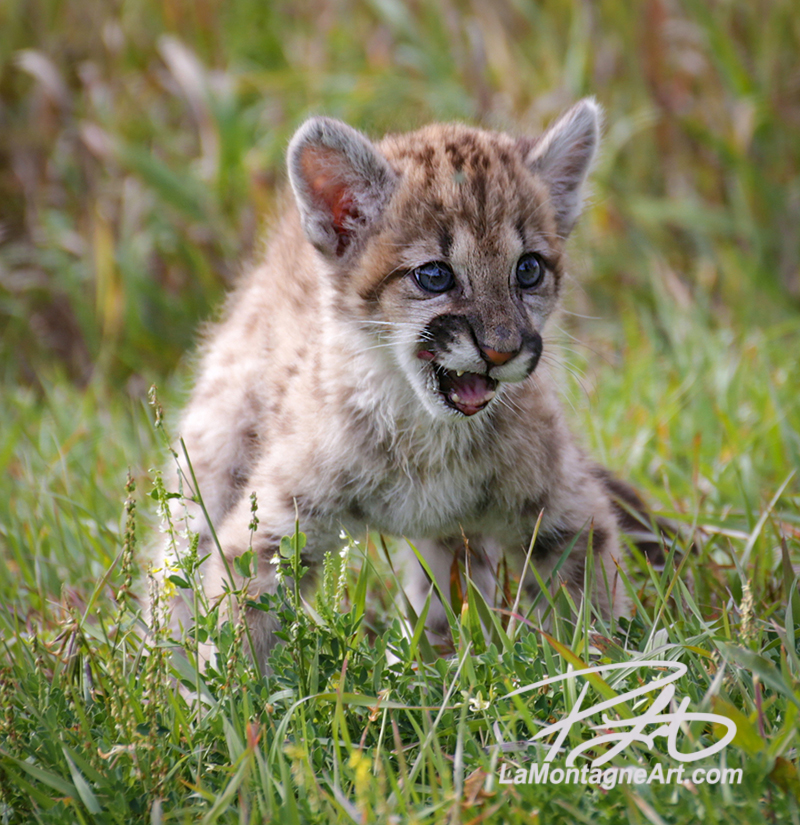 As I’ve written many times, I do not want to become a professional photographer. I’m looking for painting reference, and there have been plenty of times when the accidental surprising shots inspire the art that follows. So, waiting for the perfect shot and then firing the trigger, as many skilled photographers do, means I might miss out on a look, pose, or head turn that inspires a future piece of art.
As I’ve written many times, I do not want to become a professional photographer. I’m looking for painting reference, and there have been plenty of times when the accidental surprising shots inspire the art that follows. So, waiting for the perfect shot and then firing the trigger, as many skilled photographers do, means I might miss out on a look, pose, or head turn that inspires a future piece of art.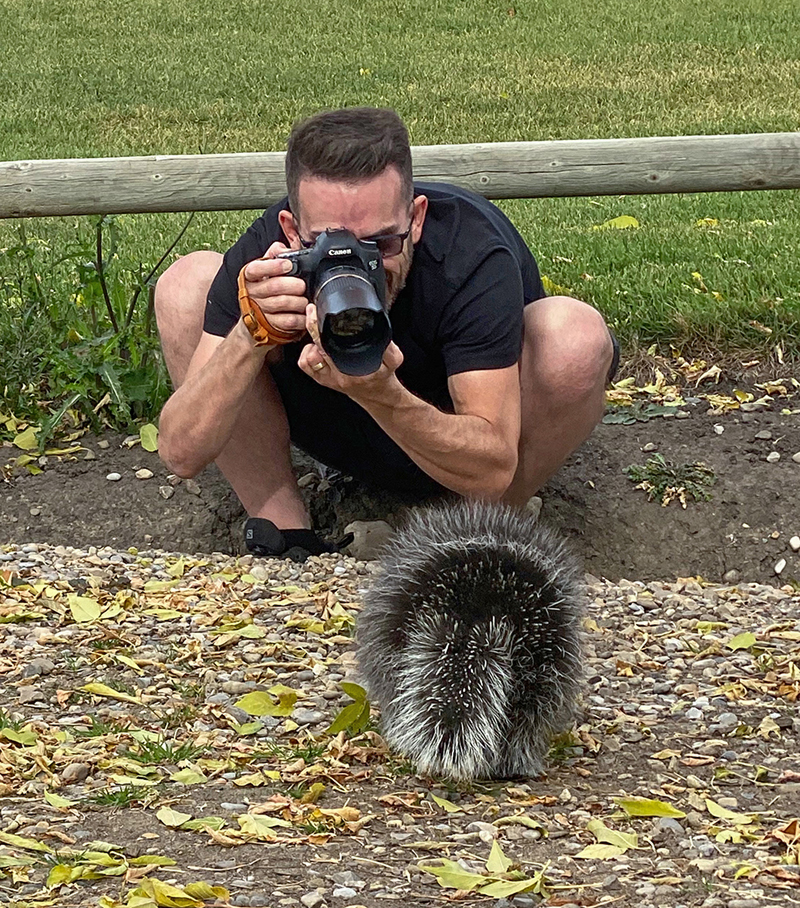 There are two camera cards in my Canon 5D Mark III camera. I don’t need RAW files, so I set it to save duplicate JPEGs. It doesn’t happen often, but camera cards can fail, so duplicate cards are my insurance.
There are two camera cards in my Canon 5D Mark III camera. I don’t need RAW files, so I set it to save duplicate JPEGs. It doesn’t happen often, but camera cards can fail, so duplicate cards are my insurance.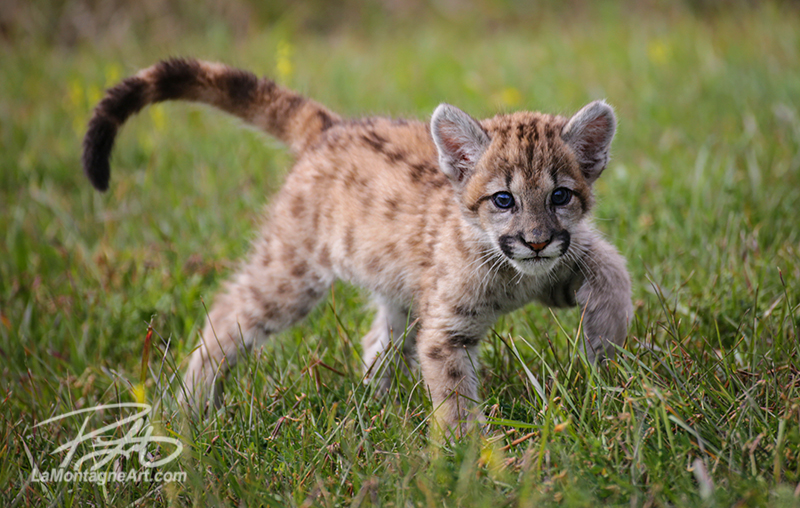 Everything else goes in the trash.
Everything else goes in the trash.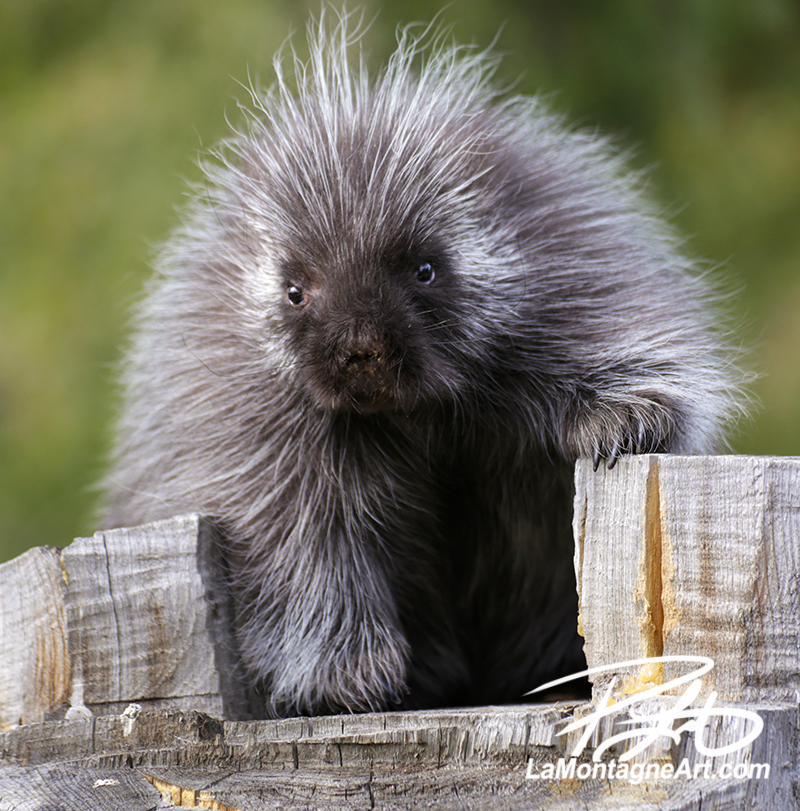 It feels great to eliminate that many so soon because too much choice is overwhelming. I let them sit for a day or two before going back to ask those same questions again.
It feels great to eliminate that many so soon because too much choice is overwhelming. I let them sit for a day or two before going back to ask those same questions again.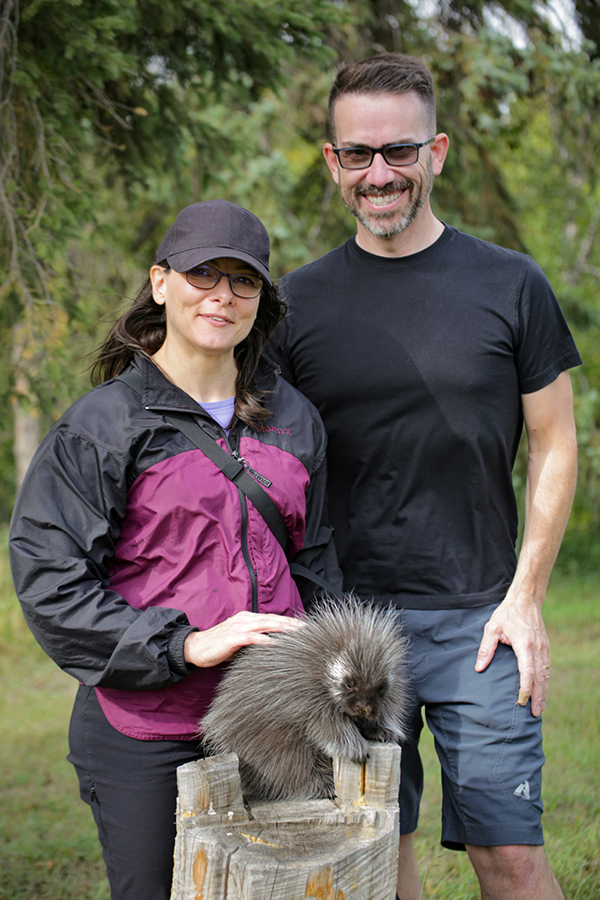
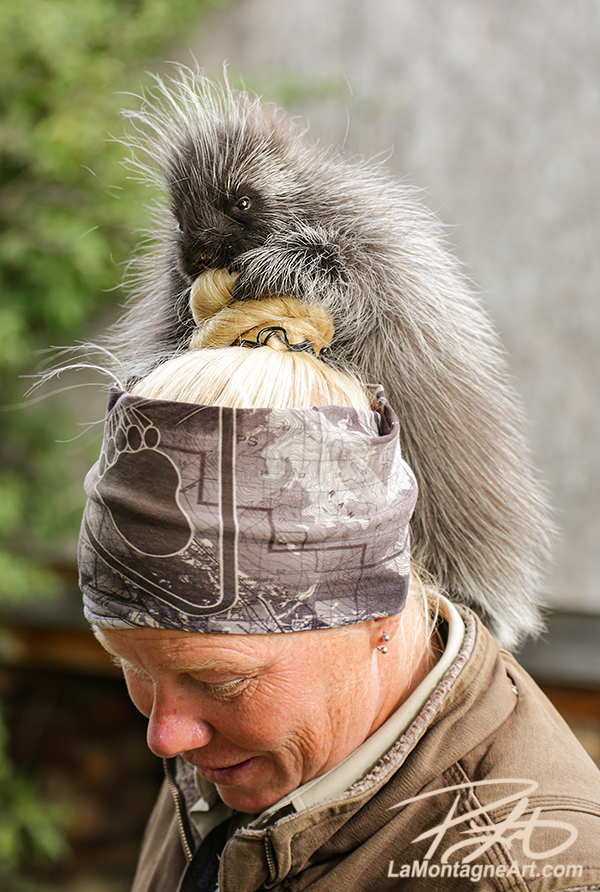 I edit the photos I’ll share, but not the ones I save for reference, aside from perhaps cropping out unnecessary background. That helps save file space.
I edit the photos I’ll share, but not the ones I save for reference, aside from perhaps cropping out unnecessary background. That helps save file space.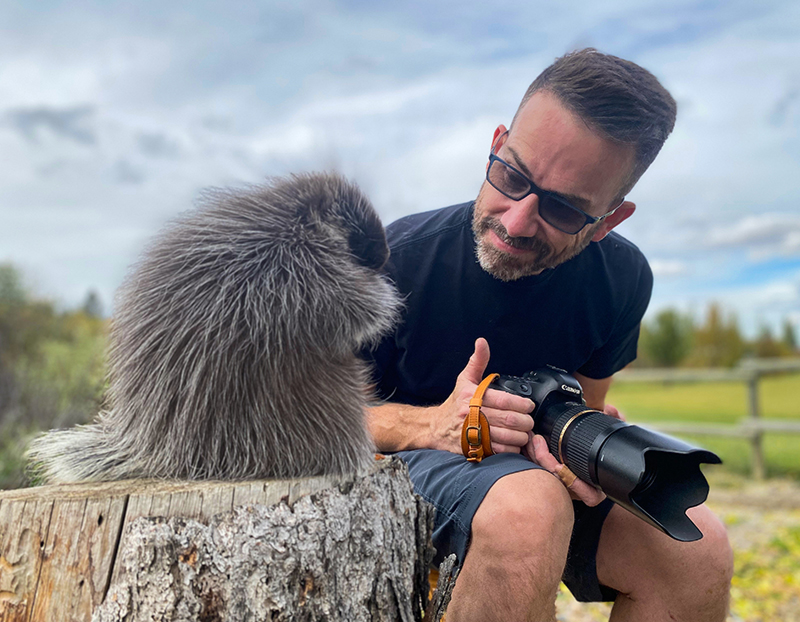 Because of other commitments and projects on the go, it will be a while before I start any new paintings from the photos I shot on this trip to Discovery Wildlife Park, but I’m looking forward to that opportunity this winter.
Because of other commitments and projects on the go, it will be a while before I start any new paintings from the photos I shot on this trip to Discovery Wildlife Park, but I’m looking forward to that opportunity this winter.

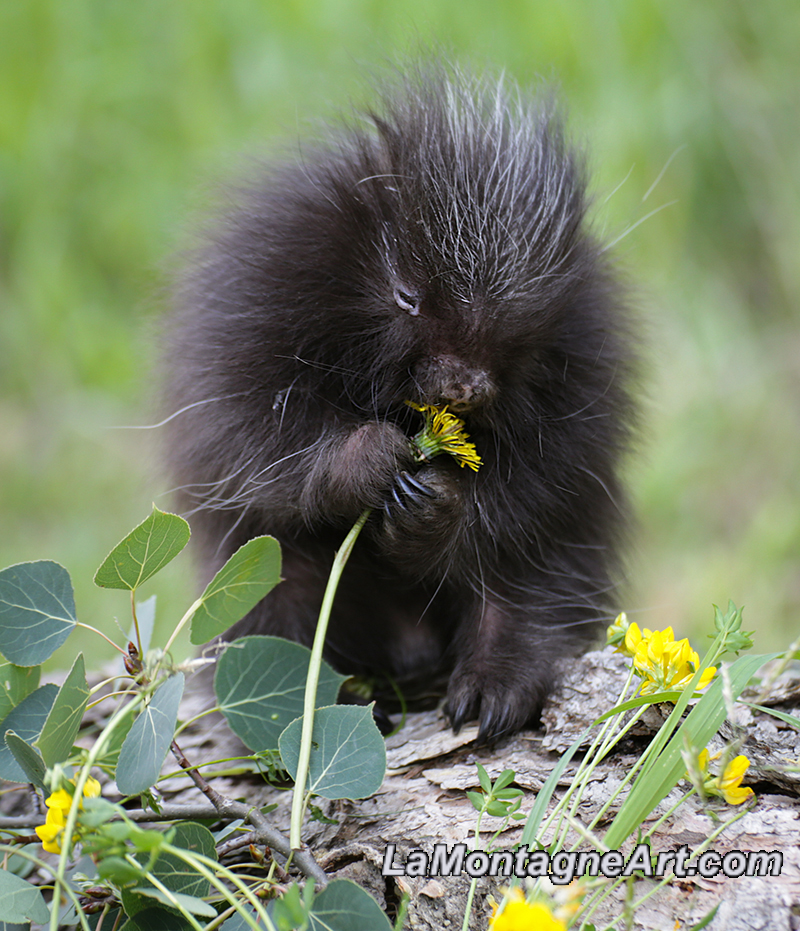 Velcro’s Mom was a road casualty, and they suspect he might have been attached to her when it happened. When surrendered to the park, his eyes were scabbed over, and his nose and muzzle abraded. His nose is still healing, but he’s coming along nicely.
Velcro’s Mom was a road casualty, and they suspect he might have been attached to her when it happened. When surrendered to the park, his eyes were scabbed over, and his nose and muzzle abraded. His nose is still healing, but he’s coming along nicely. We took him out to the grass for a bit, and I got some lovely photos. A few of them are downright comical and will make wonderful painting reference. I mentioned I have long wanted to paint a porcupine but have never gotten the proper reference.
We took him out to the grass for a bit, and I got some lovely photos. A few of them are downright comical and will make wonderful painting reference. I mentioned I have long wanted to paint a porcupine but have never gotten the proper reference.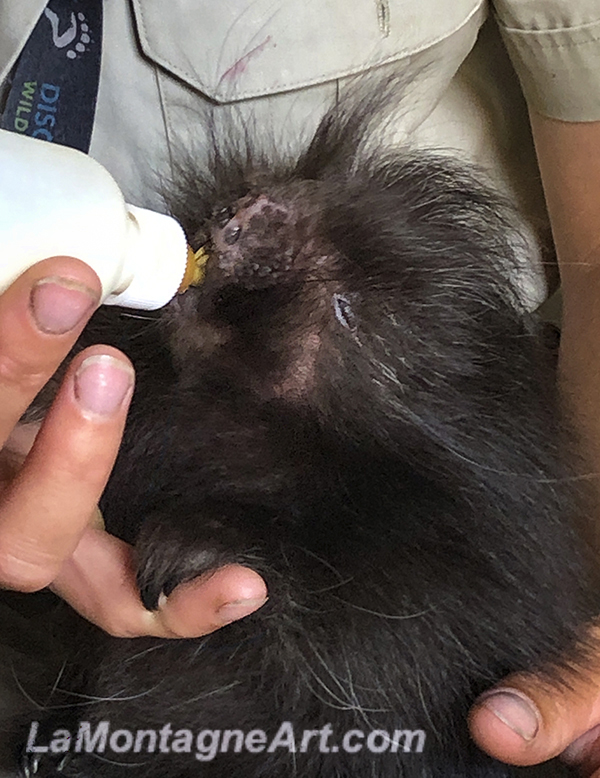 After I watched them feed Velcro, Serena told me to go with Belinda in the golf cart and to bring my camera. She wouldn’t tell me where I was going, but after collecting fresh branches from a treed area on the property, we delivered them to Zipper, their adult porcupine. I didn’t even know they had one, likely because I’m usually hyper-focused on the bears.
After I watched them feed Velcro, Serena told me to go with Belinda in the golf cart and to bring my camera. She wouldn’t tell me where I was going, but after collecting fresh branches from a treed area on the property, we delivered them to Zipper, their adult porcupine. I didn’t even know they had one, likely because I’m usually hyper-focused on the bears.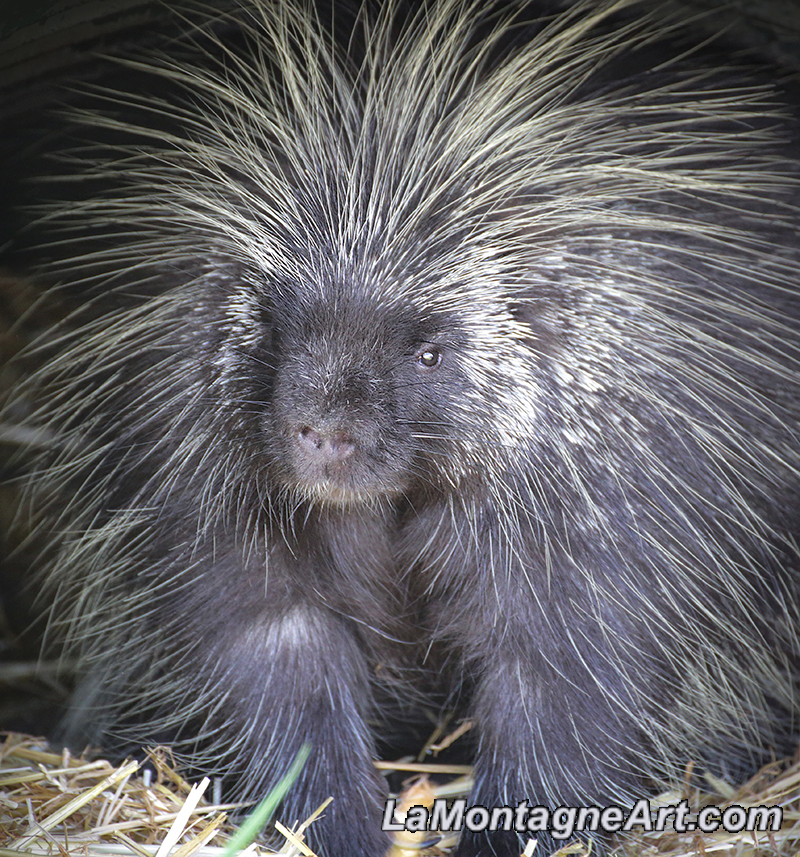 It was a hot day, and Zipper wasn’t especially active, so I don’t think I got the best reference from which to paint an adult porcupine, but at least I know where to go for some great opportunities in the future.
It was a hot day, and Zipper wasn’t especially active, so I don’t think I got the best reference from which to paint an adult porcupine, but at least I know where to go for some great opportunities in the future.